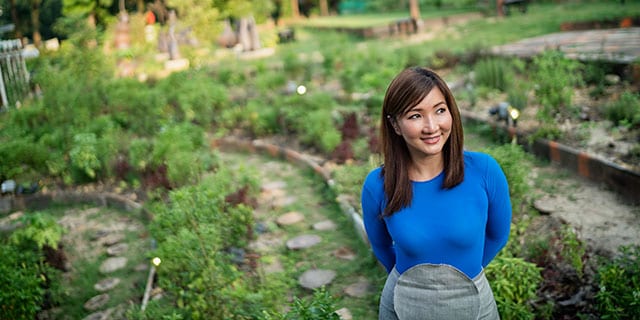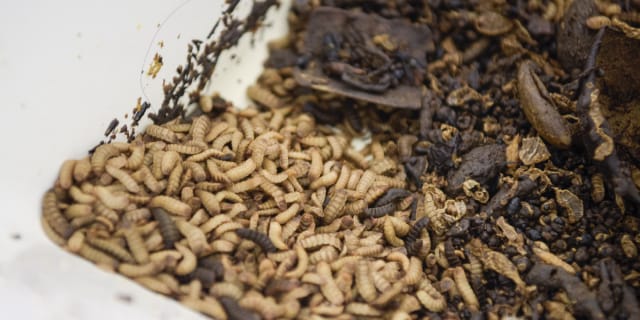This Fish Farmer Dreams of Saving the Sea
This Fish Farmer Dreams of Saving the Sea
Once a financial planner, this homegrown hero is now netting ways to make seafood consumption in Singapore more sustainable.
Sustainability is at the core of everything we do at Temasek. This article is part of Generational Investing, an ongoing series featuring individuals and activities that create a better world for future generations, through creativity, innovation and sustainable practices.
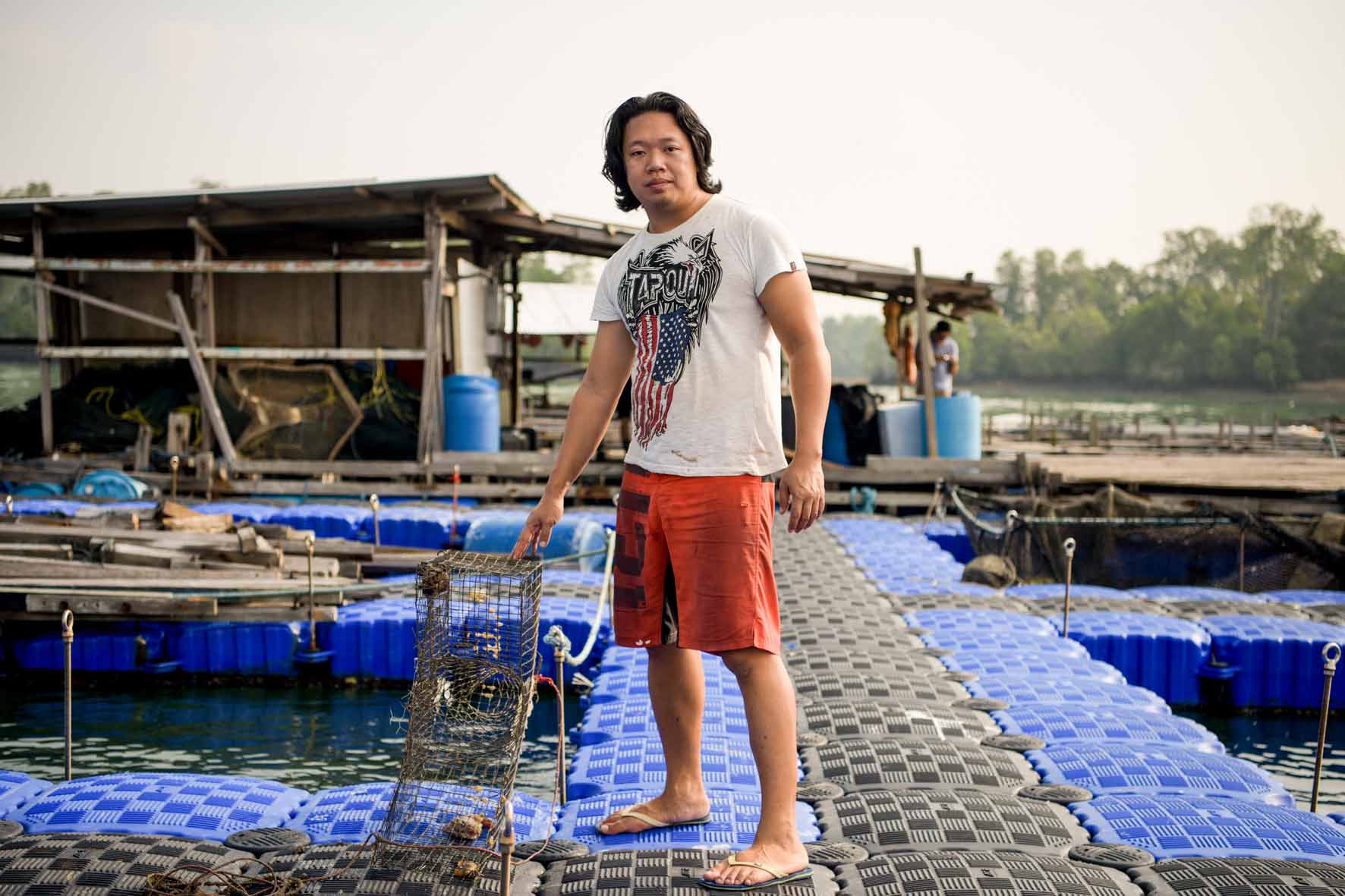
Shannon Lim, 32, is making a splash with his zero-waste fish farming methods
Does the mention of chilli crab and sambal sotong make your mouth water?
Then, it should come as no surprise that Singaporeans are one of the world’s largest consumers of seafood. But did you know three out of four common seafood species that we eat are not caught responsibly? This means that they are either considered overexploited or sourced from overfished and poorly managed fisheries.
One man hopes to change that.
From Financial Planner to Fish Farmer
With just over S$160,000 in hand, Shannon Lim, 32, launched an aquatic farm called OnHand Agrarian in 2011.
Here’s the hook: he wants to make seafood cheaper and more sustainable with back-to-basics science, without disrupting the marine ecosystem.
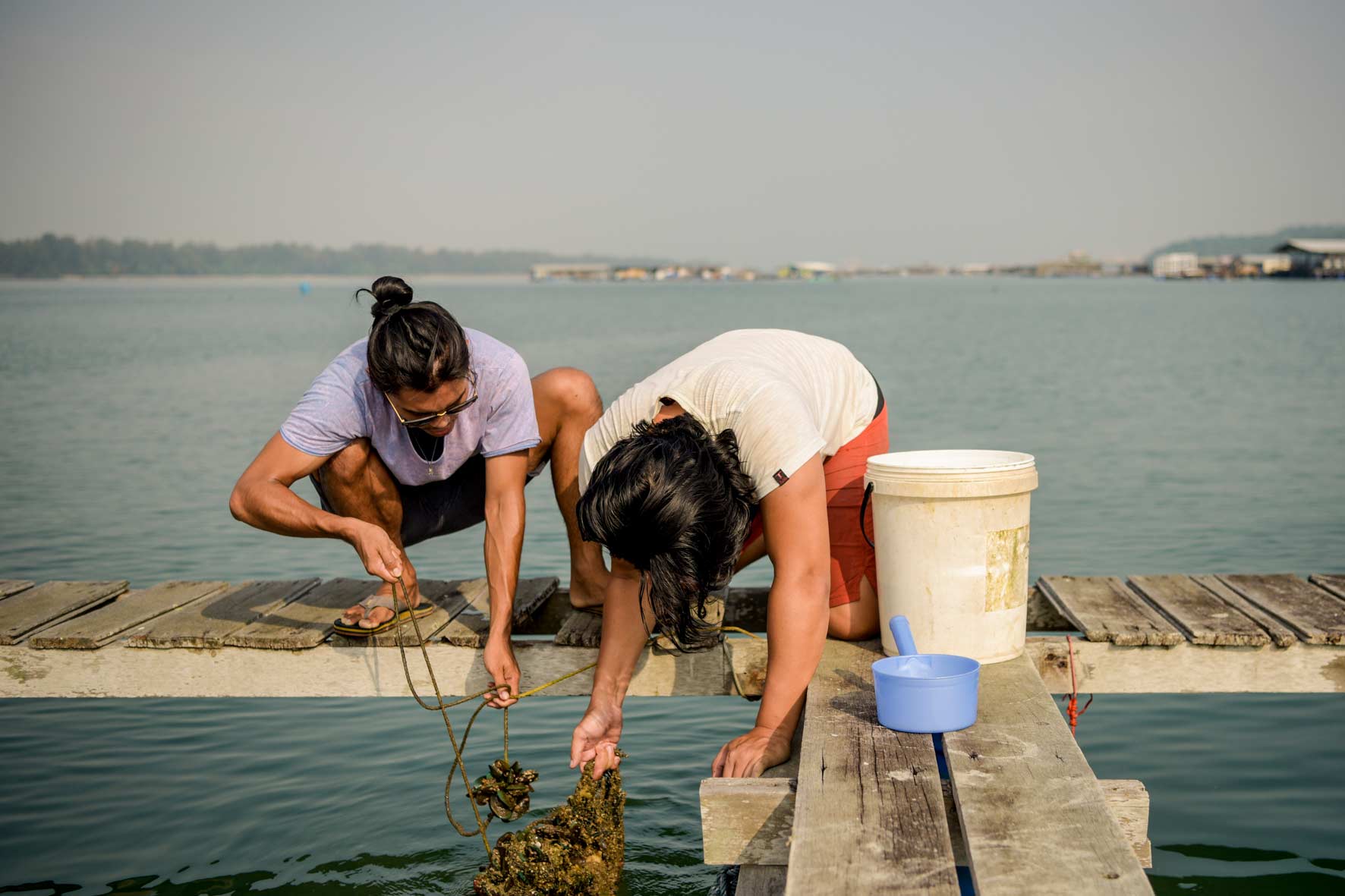
OnHand Agrarian uses back-to-basics marine science with an innovative twist
Shannon’s farming journey began in an unlikely place; an office not a farm. While working as a financial planner and studying market trends, he predicted a shortage of fertilisers.
Determined to find a way of farming without fertilisers, he designed his very first Integrated Multi-Trophic Recirculating Aquaculture System (IMTRAS) which recycles waste from one organism as food for another.
Shannon started rearing about 2,000 edible and ornamental fish, such as the giant grouper and mangrove jack, in his backyard in Changi using this closed-loop system. Without a license to sell, the father of one ended up giving the fish away to friends and neighbours instead.
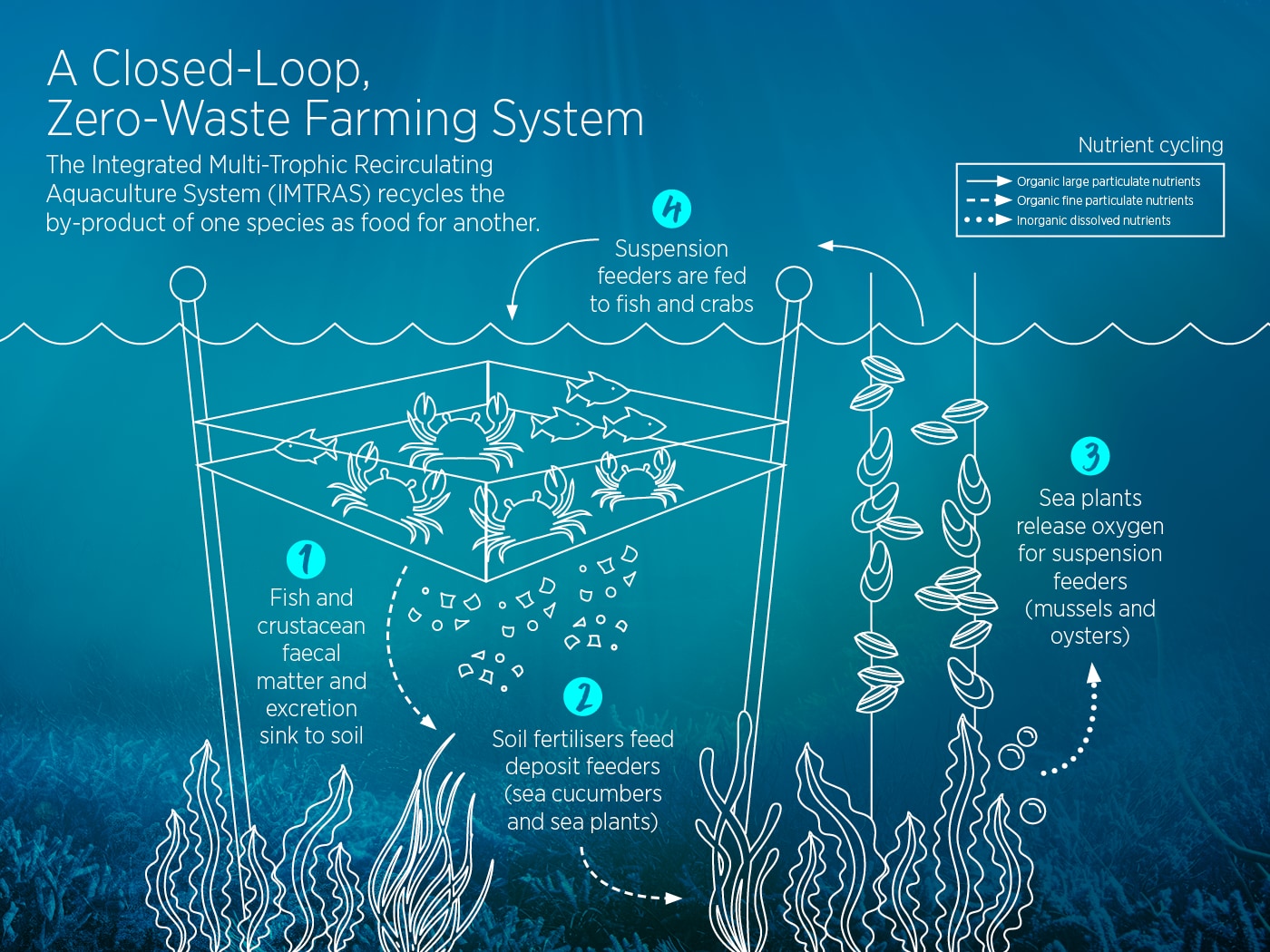
Shiok and Sustainable Seafood
Two years later, the plucky entrepreneur with a background in New Media took the plunge to go commercial.
He now operates a seafood farm located just off Pulau Ubin, an island off Singapore’s northeast coast, and about a five-minute boat ride away from the Lorong Halus jetty on the mainland.
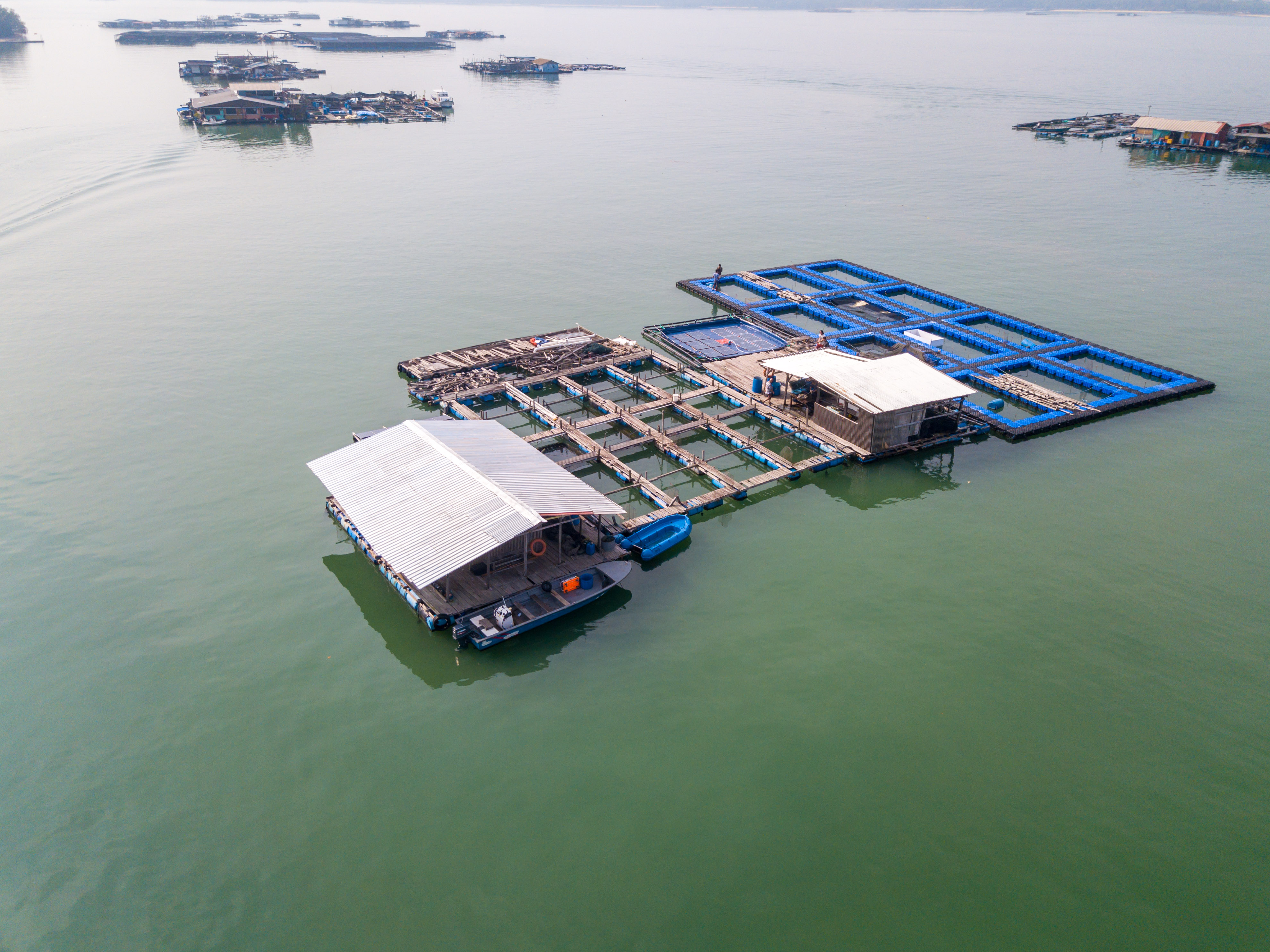
Floating farm, water park or kelong — can you tell what this is?
The floating farm is one of three locations from which OnHand Agrarian runs its business. Another farm in Dempsey is used to rear freshwater fish while the third and smallest facility in HortPark is home to about 400 snakeskin gourami, a common ingredient found in salted egg yolk fish skin snacks.
The floating seafood farm looks simple, but leaves nothing to chance. Its operations, for example, are powered entirely by 30 solar panels skirting the premises.
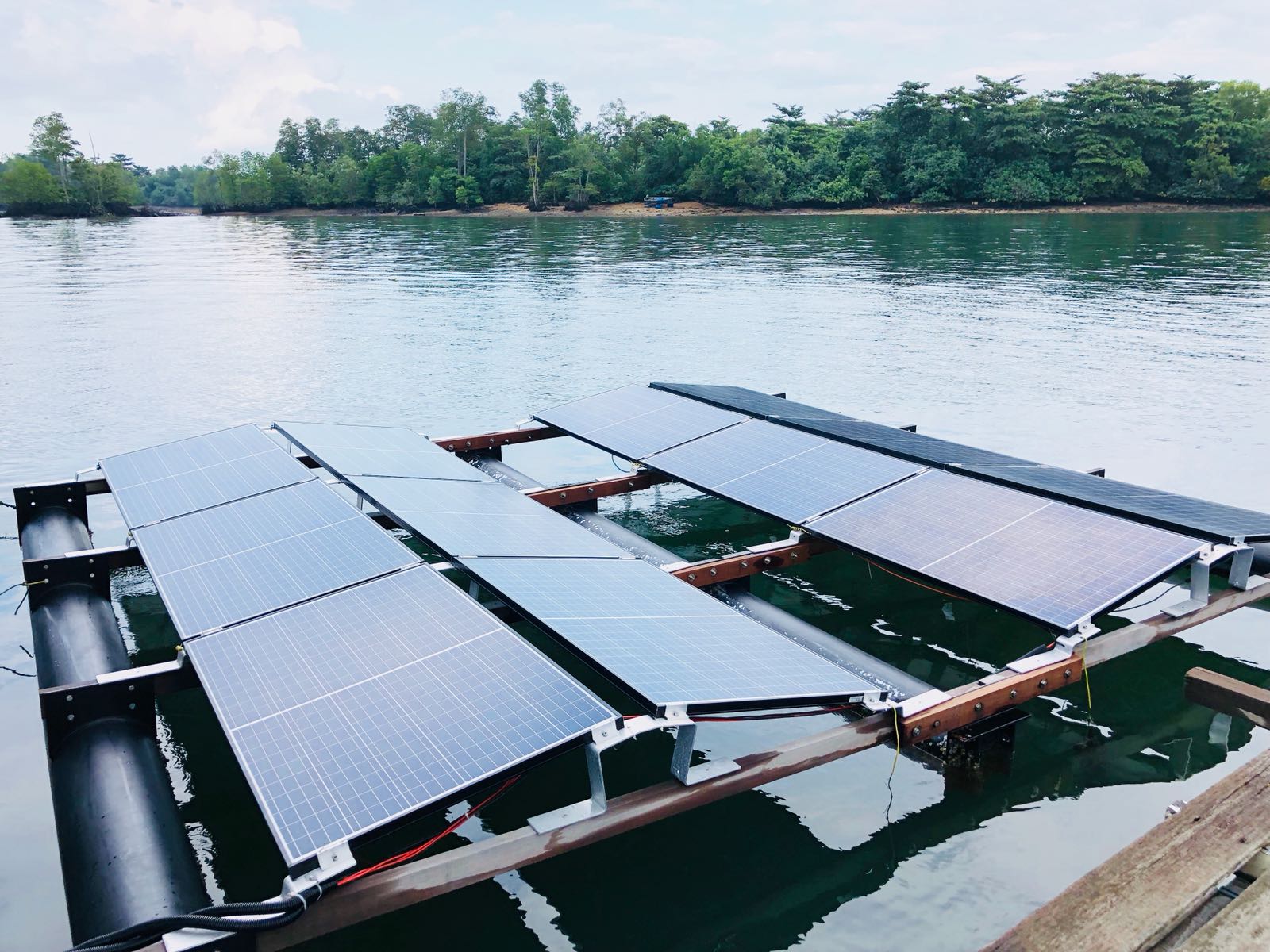
This floating farm is soaking up the sun — literally! — with 30 solar panels
Except for the intermittent spray of sea mist and occasional chirruping of a passing bird, Shannon and a team of full-time staff and volunteers go about their day harvesting a variety of seafood, from groupers to lobsters, without distraction.
Some species are subsequently transferred to freshwater or brackish water tanks at Dempsey and HortPark to kill external parasites, reducing the need for anti-parasitic chemicals.
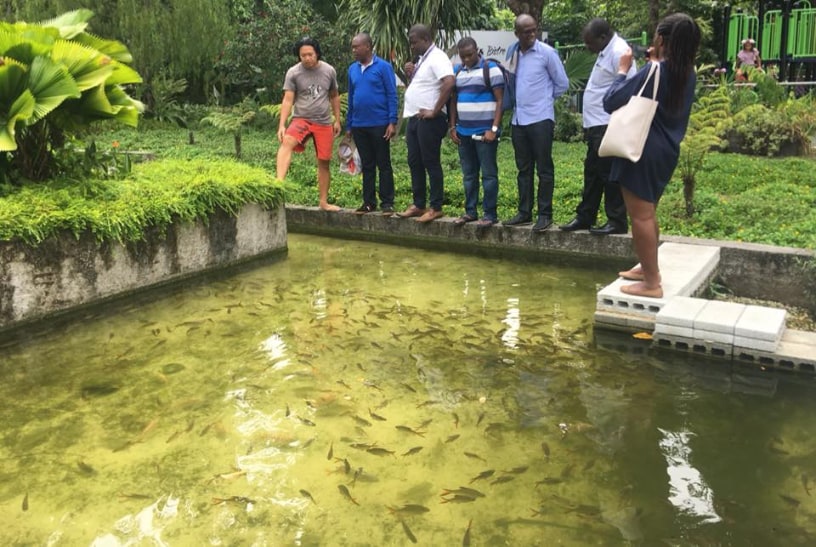
Shannon hosting Kenyan urban planners and architects at his Dempsey facility (Photo: OnHand Agrarian)
Using the closed-loop system, the farm is able to reduce the need for fertilisers and chemical feed as well.
To ensure that seafood is caught responsibly, OnHand Agrarian only farms species like the orange-spotted grouper, snapper and sea bass, which are native to Singapore. Additionally, it releases captured juvenile and female fish back into the water to encourage breeding.
“When farmers rear fish that aren’t native to our waters and catch fish quicker than they can be replaced through natural reproduction, it leads to overfishing at the expense of future generations,” Shannon says.
According to a World Wildlife Fund (WWF)-Singapore guide, the Indian threadfin, commonly used in fish porridge, and yellow-banded scad, a key ingredient in popular local dish nasi lemak, could soon go extinct due to unsustainable fishing practices.
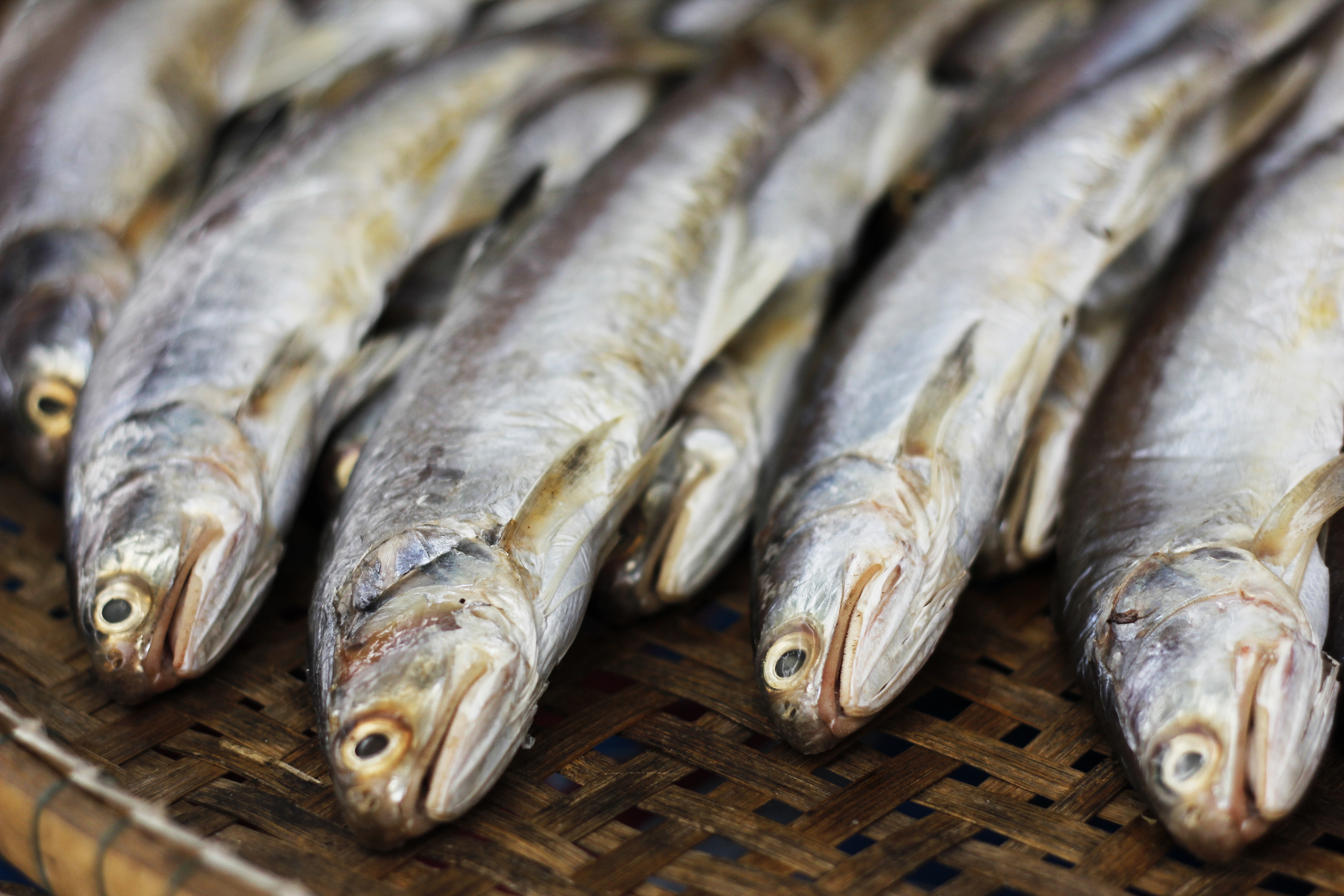
The Indian threadfin (pictured) and yellow-banded scad could soon disappear from our menus
Seafood that Makes Sense (and Cents)
Currently, our local farms supply just eight percent of the fish we eat. But it makes much more sense to support homegrown produce, Shannon says.
“We need to realise that moving production nearer to consumers will help to cut costs and reduce carbon wastage from the transportation and logistics required for food imports,” he adds.
To this end, infrastructure consultancy company Surbana Jurong is piloting vertical fish farms tucked into urban spaces. It designed a vertical closed-loop system that has a smaller footprint compared to traditional farms but produces several times the amount of fish.
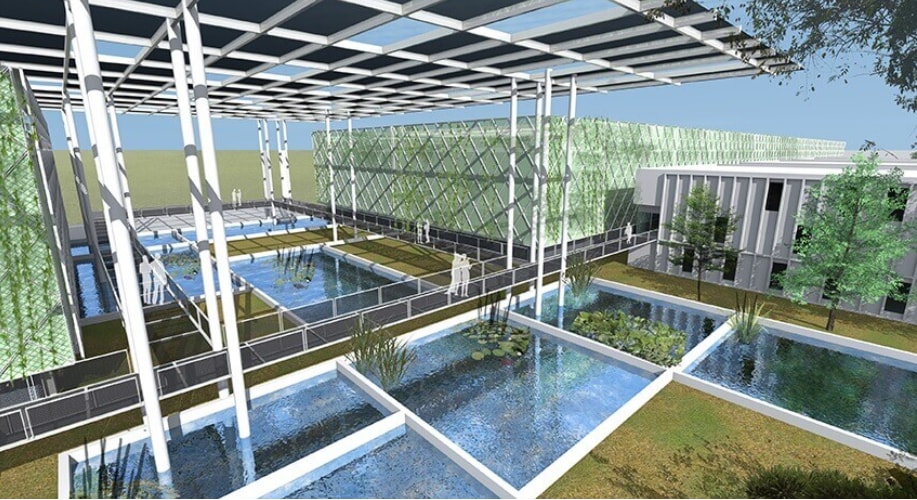
An impression of Surbana Jurong’s floating fish ponds (Photo: Surbana Jurong)
Today, OnHand Agrarian sells about 150kg of seafood to households every month via their online platforms. For a fixed S$200 a month, each customer receives 10kg worth of fish, prawns, crabs and occasionally lobsters and oysters, depending on the catch of the day.
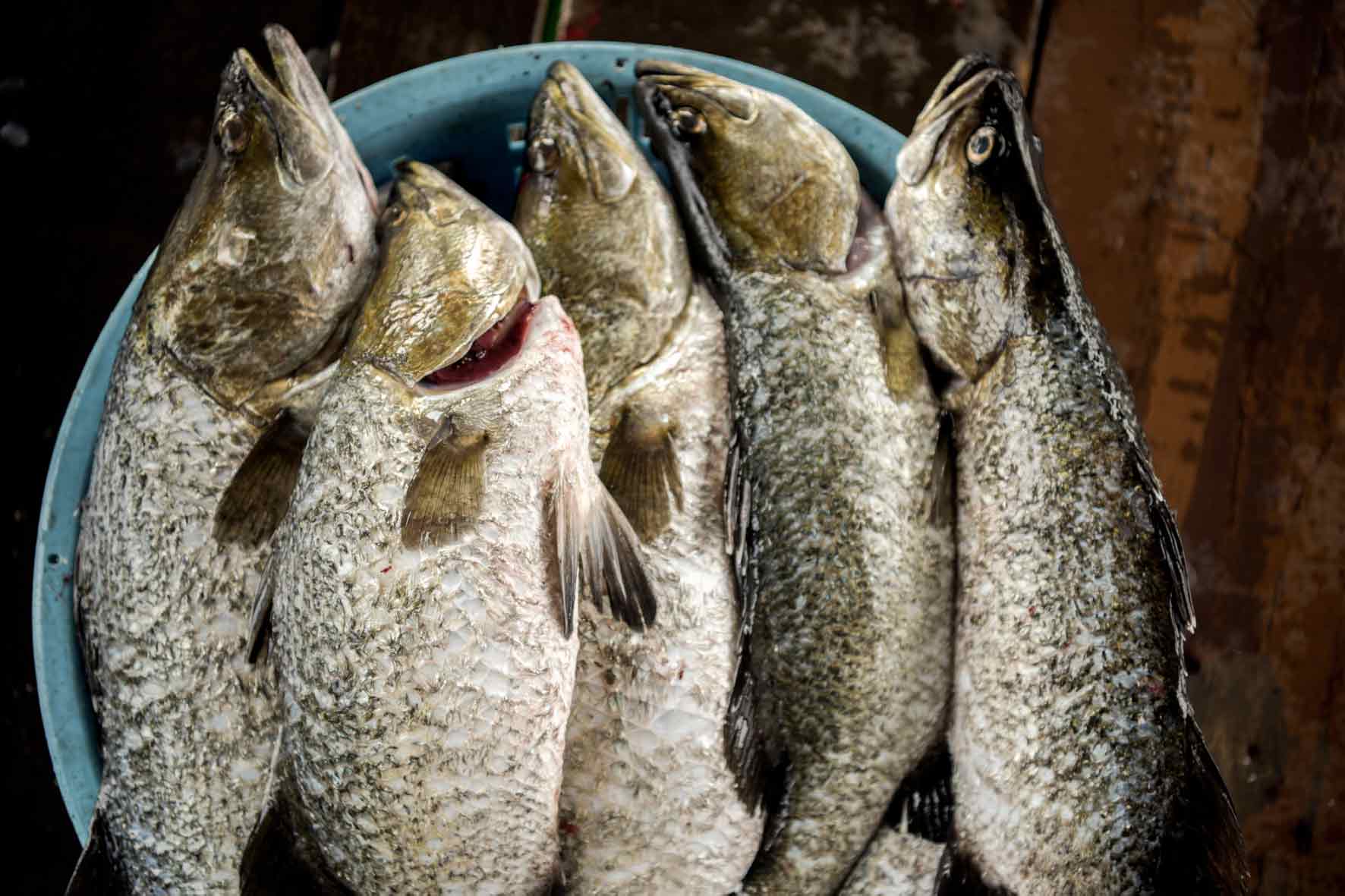
The barramundi — a specie sold by OnHand Agrarian — is also known as sea bass to some
Starting Ripples of Change
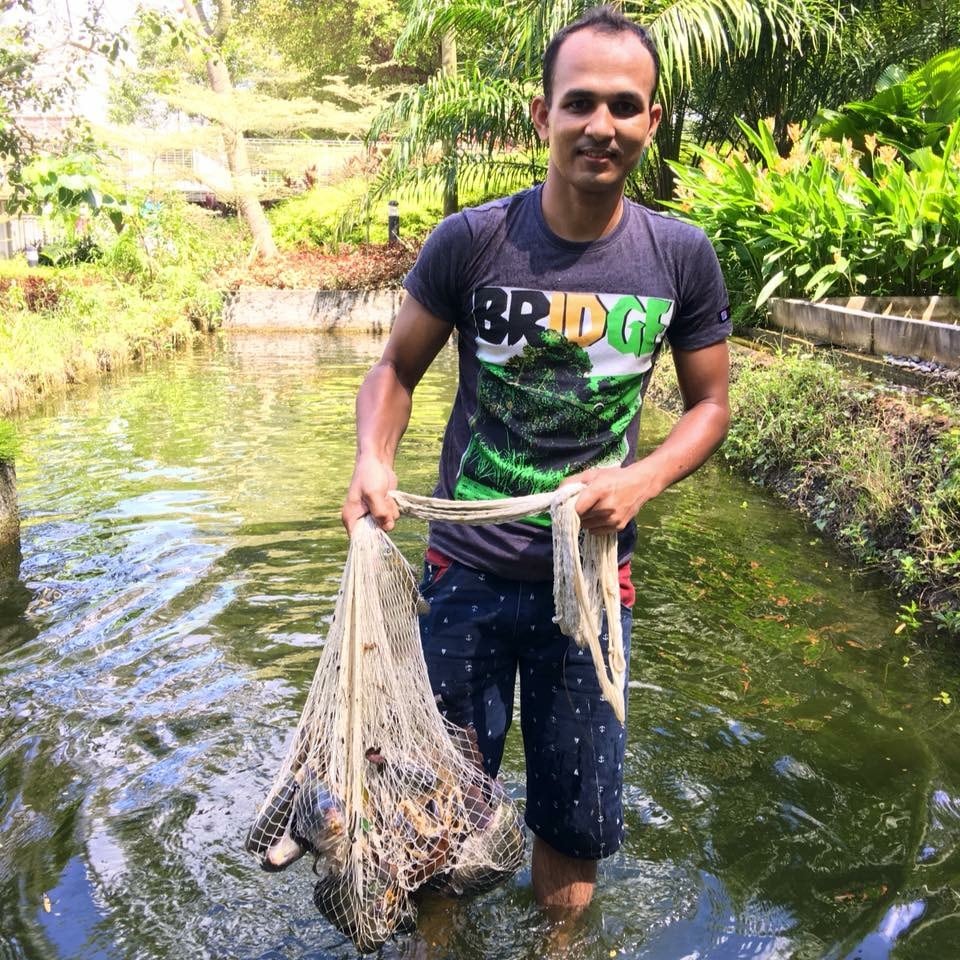
Construction workers helping out at OnHand Agrarian’s farms
Sustainability is not just about nature and wildlife, though. It’s about promoting social inclusion too.
OnHand Agrarian regularly works with individuals with disabilities and construction workers who love the sea. These volunteers help out with on-site tasks, such as coral-cleaning and oyster shucking, across the three farms. Construction workers are also encouraged to bring fish that they have caught back to their dorms to share with fellow colleagues.
OnHand Agrarian may just be a drop in an ocean of seafood producers, but the small marine farm hopes to start ripples of change that could soon put an end to unsustainable practices and consumption in Singapore.
Everyone has this romantic view of farming as a sunburnt old man sitting on a wooden deck beside his dog out at sea. But we really need to focus on being responsible and ethical farmers to ensure sustainability in the food supply chain
Shannon Lim, founder of Onhand Agrarian
Here at Temasek, we place sustainability at the core of everything we do. We strive to build a better world, always with tomorrow in mind.
Surbana Jurong is a portfolio company of Temasek.

